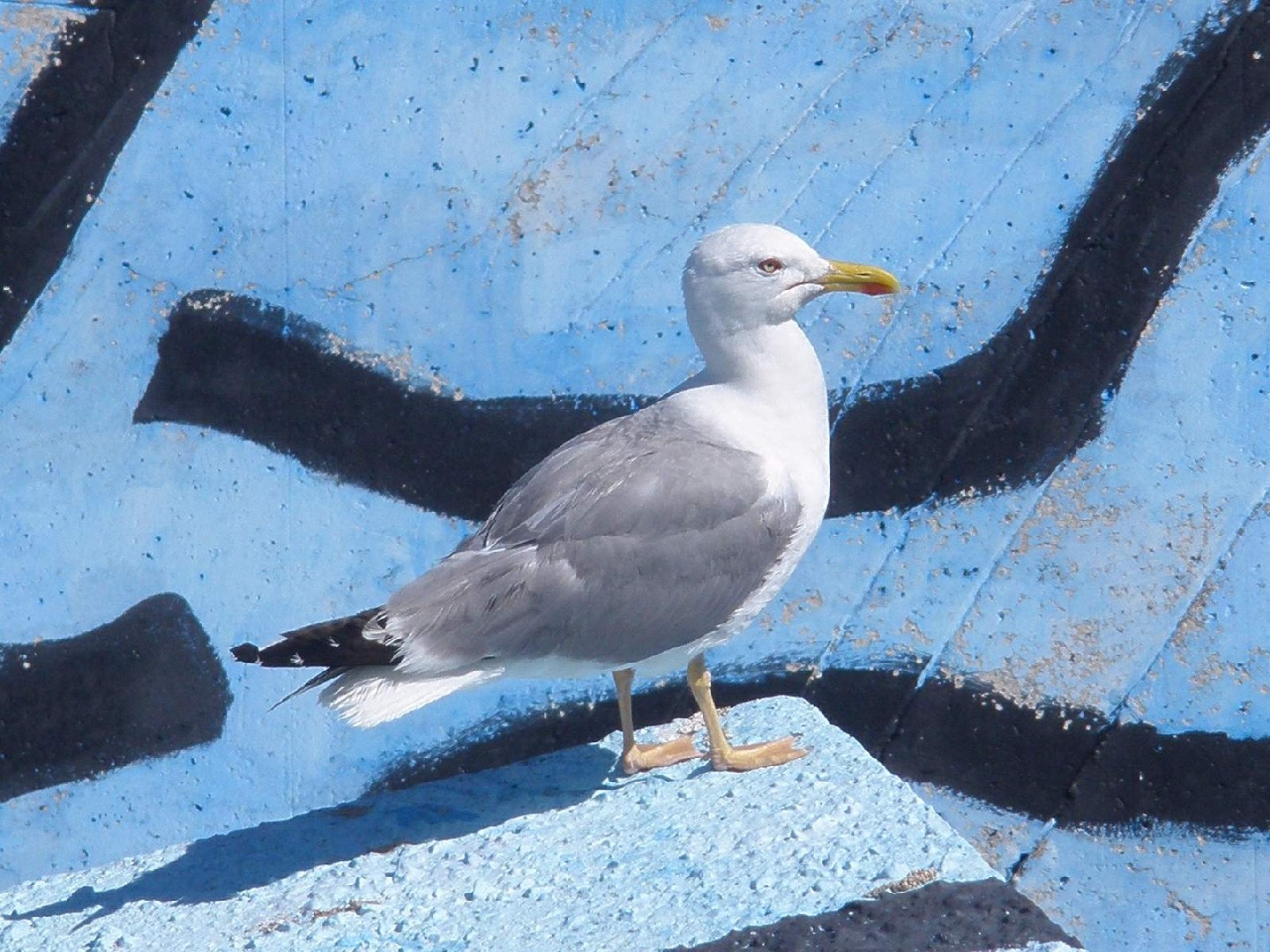Yellow-legged Gull
A species of Gulls Scientific name : Larus michahellis Genus : Gulls
Yellow-legged Gull, A species of Gulls
Botanical name: Larus michahellis
Genus: Gulls
Content
Description People often ask General Info
Description
Yellow-legged Gull is a large seagull that can be found along coastal regions of the Mediterranean Sea and the Atlantic Ocean. It has a distinctive yellow coloration on its legs and beak, giving it its name. It is an opportunistic feeder, and known to be very territorial. Some populations of Yellow-legged Gulls are migratory, traveling long distances to breed during the summer months. 
Size
61 cm
Life Expectancy
10 years
Nest Placement
Cliff
Feeding Habits
Yellow-legged Gull are omnivorous, consuming garbage, prey in fields/coasts, or stealing from other birds. They adapt to food scarcity, turning predatory when needed, even tackling rats and pigeons.
Habitat
Yellow-legged Gull resides mainly along coastlines and islands, thriving on rocky shores, cliffs, and sandy spits. The species displays adaptability by also utilizing freshwater wetlands, marshes, and urban landscapes across the Mediterranean and Europe. Nesting preferences include cliff tops and man-made structures, even at elevations over 2000 meters, distinguishing them from related gulls that favor low-lying islands.
Dite type
Omnivorous
General Info
Feeding Habits
Bird food type
Distribution Area
The breeding range is centred on the Mediterranean Sea. In North Africa it is common in Morocco, Algeria and Tunisia and increasing in places. Recent breeding has occurred in Libya and Egypt. In the Middle East, a few breed in Israel and Syria with larger numbers in Cyprus and Turkey. In Europe there are colonies all along the Mediterranean coast, and also on the Atlantic islands and coasts north to Brittany and west to the Azores. 
Species Status
Not globally threatened.
